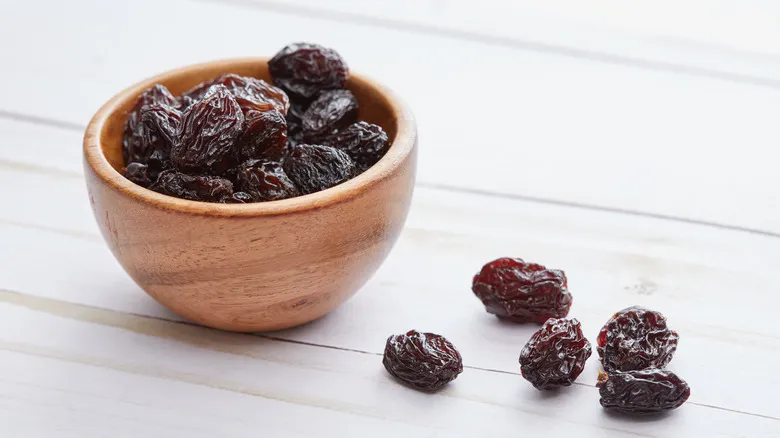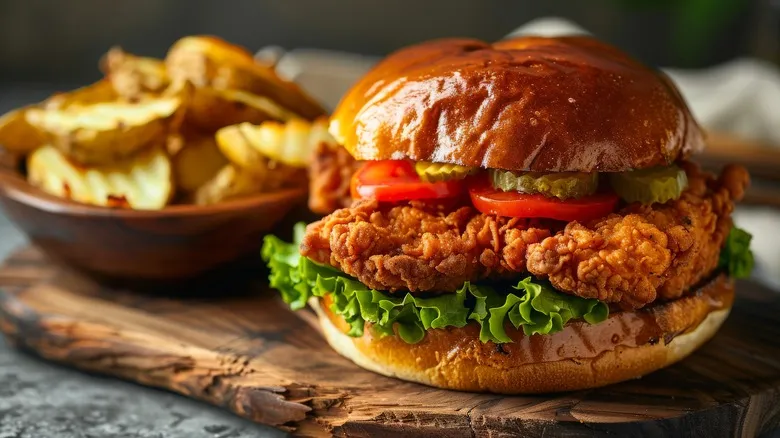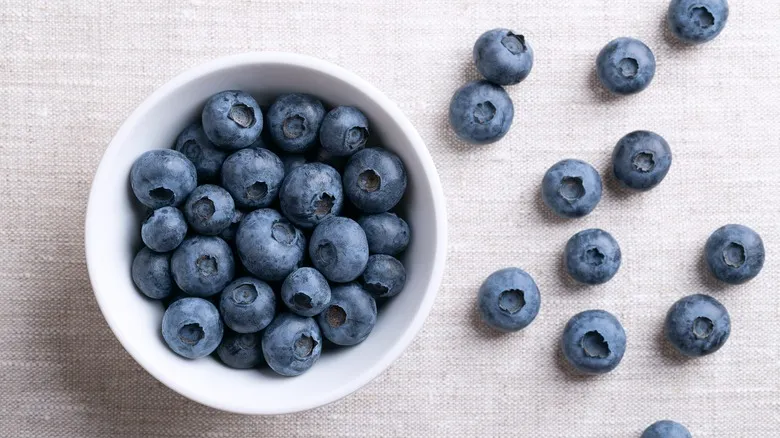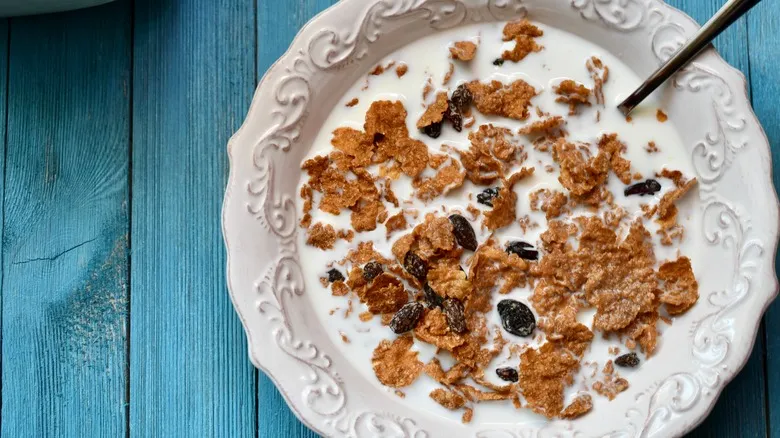How water activity is managed in raisins

While raisins in a cereal box aren't drenched, they still contain moisture that can migrate slowly between ingredients. Generally, water moves from areas of higher moisture to those with lower moisture, which means the raisins could dry out while the cereal becomes soggy. Therefore, the objective is to equalize the water activity between the raisins and the cereal, preventing any moisture transfer.
Increasing the water activity in the dry cereal to match that of the raisins could lead to overly soft bran flakes, making it more practical to reduce the water activity in the raisins. To achieve this, manufacturers often use an edible humectant called glycerol. This compound, which is similar to glucose but less sweet, attracts and retains moisture, slightly lowering the water activity of the raisins.
Another popular technique for keeping raisins soft involves soaking them in sugar water. Sugars work similarly to glycerol by holding onto moisture, thereby decreasing water activity and stopping moisture from escaping the raisins into the dry cereal. However, this method also raises the sugar content of the raisins, potentially making them—and the cereal—sweeter. Fortunately, there are plenty of breakfast cereals available that are low in sugar. Additionally, you can always add dried raisins to any cereal of your choice.
Recommended

The Easiest Way To Tell How Hot Your Jalapeños Will Be

Are Breast Or Thighs Better When Making Fried Chicken Sandwiches?

Don't Throw Away That Parmesan Cheese Rind. Toss It In Homemade Broth Instead

What Makes Blueberries Naturally Blue?
Next up

